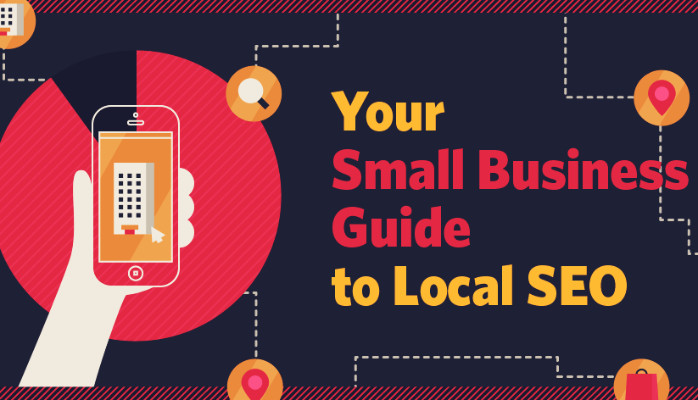In today’s fast-paced digital world, having a small e-commerce business means more than just selling great products online.
To succeed, you must stand out among thousands of competitors. How? Through Search Engine Optimization (SEO).
Let’s break down how you can use SEO to drive traffic and grow your e-commerce business.
What is SEO for E-commerce?
SEO is the practice of optimizing your website so that it ranks higher on search engine results pages (SERPs).
The higher you rank, the more visible your website becomes, leading to increased traffic and potential sales.
E-commerce SEO focuses on helping your online store rank for relevant product keywords.
Why SEO is Important for Small E-commerce Businesses
For small businesses, SEO is a powerful tool that can level the playing field against bigger competitors. Unlike paid ads, SEO offers organic traffic, which is both free and long-lasting. When done right, SEO can:
- Increase visibility
- Build trust and credibility
- Improve user experience
- Bring in high-quality leads
- Boost sales
Essential SEO Strategies for Small E-commerce Businesses
1. Keyword Research: Understand What Your Customers Are Searching
Start by researching keywords your customers are typing into Google. Use tools like Google Keyword Planner or SEMrush to find long-tail keywords that are specific to your products. For example, instead of just “shoes,” you might target “affordable running shoes for women.”
Pro Tip: Include product-specific terms like sizes, colors, and uses in your keywords.
2. Optimize Product Pages
Every product page is a ranking opportunity. Here’s how you can make them SEO-friendly:
- Title Tags: Use descriptive titles with targeted keywords.
- Meta Descriptions: Create compelling, keyword-rich meta descriptions to boost clicks.
- Product Descriptions: Write unique product descriptions with keywords, but make them engaging and helpful.
- Alt Text for Images: Don’t forget to add alt text to your product images to improve visibility in image searches.
3. Improve Website Speed and Mobile Experience
Slow websites are a no-go for e-commerce. Google favors fast, mobile-friendly websites. Use tools like Google PageSpeed Insights to check your site speed. Ensure your store works seamlessly across all devices, especially mobile, since many users shop from their phones.
4. Build Internal and External Links
Internal linking helps guide visitors to other relevant pages on your site, which can improve SEO. For example, link related products or blog posts to keep users engaged. External links (backlinks) from credible websites show Google that your site is trustworthy.
Pro Tip: Reach out to bloggers or influencers in your niche for guest posting opportunities to gain backlinks.
5. Create Valuable Content: Blogging and Guides
Having a blog section on your e-commerce site is a great way to drive traffic. Write blog posts about topics your customers are interested in. For example, if you sell skincare products, create a blog post like “Best Skincare Routines for Dry Skin.”
Also, guides or tutorials on how to use your products will bring in more visitors and improve your SEO. Search engines love fresh content, and so do users.
Local SEO for E-commerce: Target Local Shoppers
If your e-commerce business also has a physical location, Local SEO is key. Here’s what you can do:
- Google My Business: Set up a Google My Business profile so customers can find you in local search results.
- Local Keywords: Use location-based keywords like “best baby clothes store in Sacramento.”
- Reviews: Encourage customers to leave positive reviews to build credibility.
How to Measure Your SEO Success
Tracking your SEO performance is crucial. Tools like Google Analytics and Google Search Console allow you to monitor traffic, keyword rankings, and sales conversions. Keep an eye on these metrics to know what’s working and what needs improvement.
Conclusion
For small e-commerce businesses, SEO is one of the most cost-effective ways to grow.
By focusing on keyword research, optimizing product pages, improving site speed, and building high-quality links, you can increase visibility and sales. Remember, SEO takes time, but the results are worth it.
Start implementing these strategies today, and watch your e-commerce business climb the search engine ranks.




